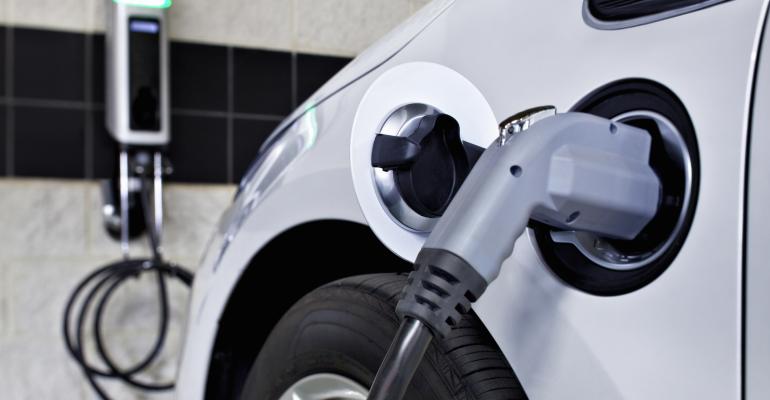It is not surprising that demand for battery-electric vehicles is growing most quickly in California owing in part to the state’s focus on environmental issues. But other areas in the U.S. are showing robust growth in BEV sales as well.
Dealers need to be aware of those areas and market to potential EV buyers so they don’t miss sales opportunities, says Tom Kondrat, global lead for advanced analytics at Urban Science.
“BEV sales were heavily concentrated in California,” he tells Wards. “Now we are seeing pockets of BEV growth across the country.”
To be sure, three out of the top five Designated Market Areas (DMAs) for BEV sales by volume in 2023 were in California, led by Los Angeles. California took four out of five DMAs based on BEV share, as well, with the San Francisco Bay Area coming in tops at 33.2%, according to Urban Science.
However, non-California DMAs also saw significant BEV interest by consumers. BEVs nabbed 20.4% of the market in Seattle-Tacoma, 13.8% in Las Vegas and 12% in Washington, DC.
Urban Science is also seeing broad-based BEV adoption taking place in Southern Florida.
Those are large areas, but there are also those “pockets” Kondrat mentioned. They include over 40% penetration in King County plus Snohomish County in Washington state, 15% in the Dallas suburb of Plano, TX and over 15% in the Atlanta suburb of Forsyth, GA. Austin, TX, also has a high rate of BEV adoption, he says.
“The experiences are very different dealer to dealer,” says Kondrat. “That is what is so interesting about this. (BEV adoption) is very clustered geographically now,” he says
Make Early Adopters Feel Special
Reports of slowing BEV sales nationwide notwithstanding, those models did make satisfying gains in 2023, says Kondrat. According to Urban Science, which monitors industry data in “near real-time,” BEV sales in the U.S. are up 55% annually year to date.
And while Tesla is the market leader with over 55% share, “volume-wise, there has been more growth from non-Tesla BEV sales than Tesla sales,” he says. “The rest of the industry combined has grown more than 80%.”
Early adopters make most of those BEV purchases and marketing needs to target that group. Only a very few areas of the country – such as Southern California’s Orange County – have moved past the Early Adopter phase, says Kondrat.
Early Adopters make up around 15% of the population, and they have special characteristics.
For that reason, “targeting at an individual level and a geographical level is more important for BEV marketing than any other marketing we have seen,” he says.
Early Adopters, in general, tend to have higher incomes and education levels and be more socially connected. “They are very interested in technology,” says Kondrat. “It is not an age thing; it is more about the way you perceive technology.”
Early Adopter BEV buyers are a subset with their own characteristics. They tend to live closer to work, have shorter commutes, have smaller families – often two incomes with no kids – and are more likely to own a home or condo rather than rent, for example.
Marketing to this group requires finesse. “Early Adopters like to feel special,” says Kondrat.
Getting them on your side is key to attracting a broader customer base because Early Adopters also tend to be social influencers, says Kondrat. Once they start talking about BEVs, “it spreads by word of mouth,” he says. “Adoption is a social process.”
To dealers who are on the fence about BEVs, Kondrat says Urban Science has tools that can help dealers understand how much BEV demand in their area they might be missing. That can help them spot opportunities in their market they might not be aware of.
In general, he advises dealers to “take a targeted approach with digital direct marketing because there is some demand everywhere.”





